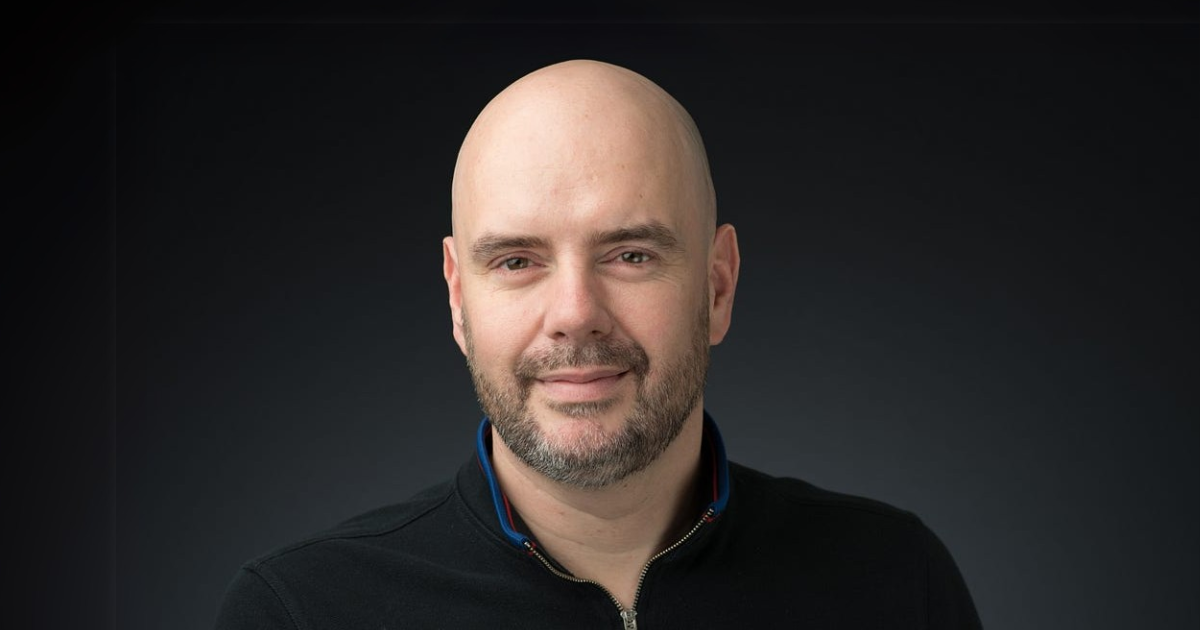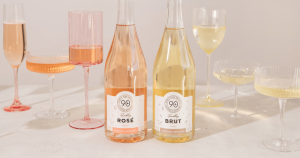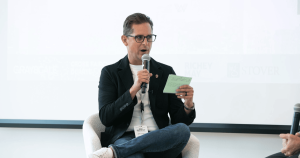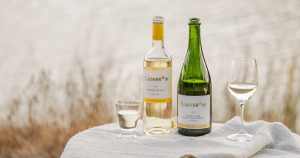Heini Zachariassen launched Vivino in 2011 with one simple idea: help casual wine drinkers answer the question, “Is this wine good or not?” Just over one decade later, Vivino has grown into the world’s most downloaded wine app, boasting over 65 million downloads and a thriving community of users. In this interview, Heini shares his journey from puzzled supermarket shopper to founder of a global wine discovery platform, reflecting on how Vivino navigated the pandemic, the rise of online wine sales, and new frontiers like non-alcoholic wine. He also offers candid insights into startup life, including building for the long haul and avoiding burnout, as well as his optimism for where the alcohol alternatives industry is headed.
Dry Atlas: Last I saw, Vivino had over 65 million downloads. You’ve been in the wine app space for over one decade now. Can you tell us about building the most popular wine app and your experience since launching in 2011?
Heini Zachariassen: It’s been an amazing journey. The core idea came from me standing in a supermarket, staring at all these wines, and having no clue what was good. I’m not a wine expert, so I needed help. Technology enabled that, and we built a product for a very specific audience: the casual wine drinker, not the expert.
Our goal was simple—solve one problem: “Is this wine good or not?” That was hard to answer before. If you saw a label like Yellow Tail, you had no idea. We spent years building the data and the community, and once we had that foundation, growth took off. It’s been incredible.
DA: COVID must have been an interesting time for Vivino. With more people drinking at home, how did it impact the app and your business?
HZ: It was strange. At first, we were worried. What was this black swan event going to mean for us? We knew our app was heavily used in supermarkets and restaurants, which weren’t operating normally during lockdowns.
But oddly, usage and installs stayed the same. Vivino is a word-of-mouth app, so it was surprising to see steady downloads even when people weren’t gathering as much. The real shift came with online wine buying. It exploded. That period was a lot of fun and super exciting for us.
DA: You recently opened a flagship store in Singapore, which is a bold move for a digital-first business. Can you share your thoughts on in-person beverage discovery versus digital?
HZ: It ties back to the problem I had 15 years ago: walking into a store and not knowing what to buy. At the Vivino store in Singapore, every wine has been vetted by our community and is highly rated for its price point.
When you walk in, you see detailed data about each wine. If it’s not good, it’s simply not on the shelf. Plus, there’s a bar where you can taste wines, which you obviously can’t do online. For me, it’s a game-changer. After seeing how well-curated and supportive that environment is, I’d find it hard to shop in a traditional wine store again.
DA: Back here in the US, there’s growing focus on health, with the Surgeon General calling for new warnings on alcoholic beverages. With more mindful consumption and moderation trends, where do you see the wine industry in 10 years?
HZ: It’s a good question, and it depends on the market. Globally, health consciousness is growing, and we know excessive alcohol is harmful. The debate now is whether any alcohol is safe.
In established markets, we might see less growth and more focus on quality over quantity. But in regions like Asia, where wine is less entrenched, there’s room for growth. Long term, I think we’ll see more premium products but potentially less volume overall.
DA: Let’s talk non-alcoholic wine. It’s a tricky category, given how complex wine is and how much complexity dealcoholization can strip away. What were your first impressions of non-alcoholic wine?
HZ: Honestly, my initial experiences weren’t great. Early non-alcoholic wines tasted odd, almost like bread. But that was years ago, and things have improved.
I’m optimistic. Technology is advancing, and I think non-alc wine will find its place, much like non-alc beer has. I enjoy non-alc beer, especially lighter styles, and I often can’t tell the difference. Wine has a tougher road, but I believe it will get there, likely starting with categories like sparkling or white wines.
DA: Do you see non-alcoholic wines eventually being seamlessly integrated into the traditional wine category?
HZ: I hope so. Just like restaurants offer vegan options, I think wine lists should include non-alcoholic choices. It makes sense, but quality has to be there. Right now, many winemakers hesitate because they feel it compromises the wine.
In the future, I see non-alc being fully integrated, driven by situational preferences. For example, I’d love to have a glass of white wine at lunch without feeling drowsy afterward. Having a high-quality non-alcoholic option would be perfect for that.
DA: Let’s pivot to your Raw Startup channel, which now has over 100,000 subscribers—congratulations! What advice would you give aspiring founders in our audience, especially those in BevTech?
HZ: Thank you! My biggest advice: don’t wait for perfection. Too many founders hesitate, trying to release the perfect product. Start with an MVP—a minimum viable product—and get it out there. People will forget the early rough versions once you’ve refined it.
Another common mistake is relying too much on early partnerships. In the beginning, focus on building value yourself. Partnerships can come later once you’ve established something solid.
DA: Founder burnout is a real issue, especially in a space like beverage where building a brand takes so much time. Any tips for avoiding it?
HZ: Stamina is key. Building something great takes time. There’s no shortcut. You need to keep grinding, even when progress feels slow.
So, pace yourself. It’s a long journey, and trying to sprint through it will wear you out. Prioritize what matters and be mindful of your energy.
DA: Speaking of long journeys, fundraising can be a challenge, especially in capital-intensive industries like beverage. What’s your take on raising funds in 2025?
HZ: Fundraising has gotten tougher since 2022. Expectations are higher, so raise only what you need early on. The earlier you raise, the more equity you give up, and you can only sell equity once.
Be scrappy. Build efficiently with minimal resources, and save larger funding rounds for when your business has more traction and valuation.
DA: Looking back on your business journey, what would you have done differently?
HZ: So many lessons! One thing I’d highlight is how successful our Vivino Premium paid subscription has been—we now have 200,000 paying users. I sometimes think we could’ve leaned into that earlier.
Another reflection is on that key question of fundraising. While we raised significant amounts, I occasionally wonder if all of it was necessary. But overall, I’m proud of how far we’ve come.
DA: Any final thoughts you’d like to share with our audience?
HZ: I’m really excited about the future of non-alc beverages, particularly wine. While beer has already made great strides, I believe wine will follow, likely with certain categories leading the way. There’s a lot of potential, and I’m optimistic about where the industry is headed.
This interview has been edited for length and clarity. For more advice from Heini, join 100,000+ subscribers to Raw Startup on YouTube.






